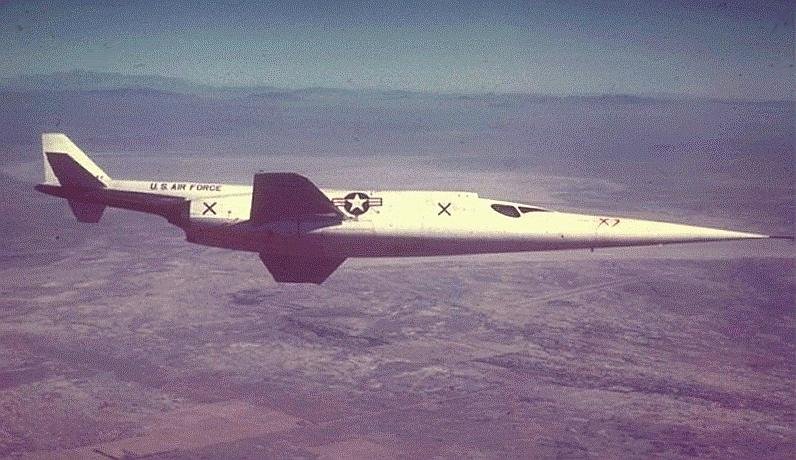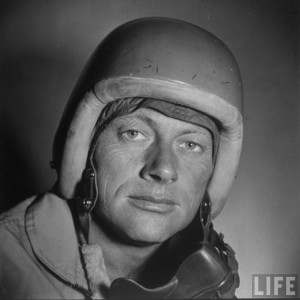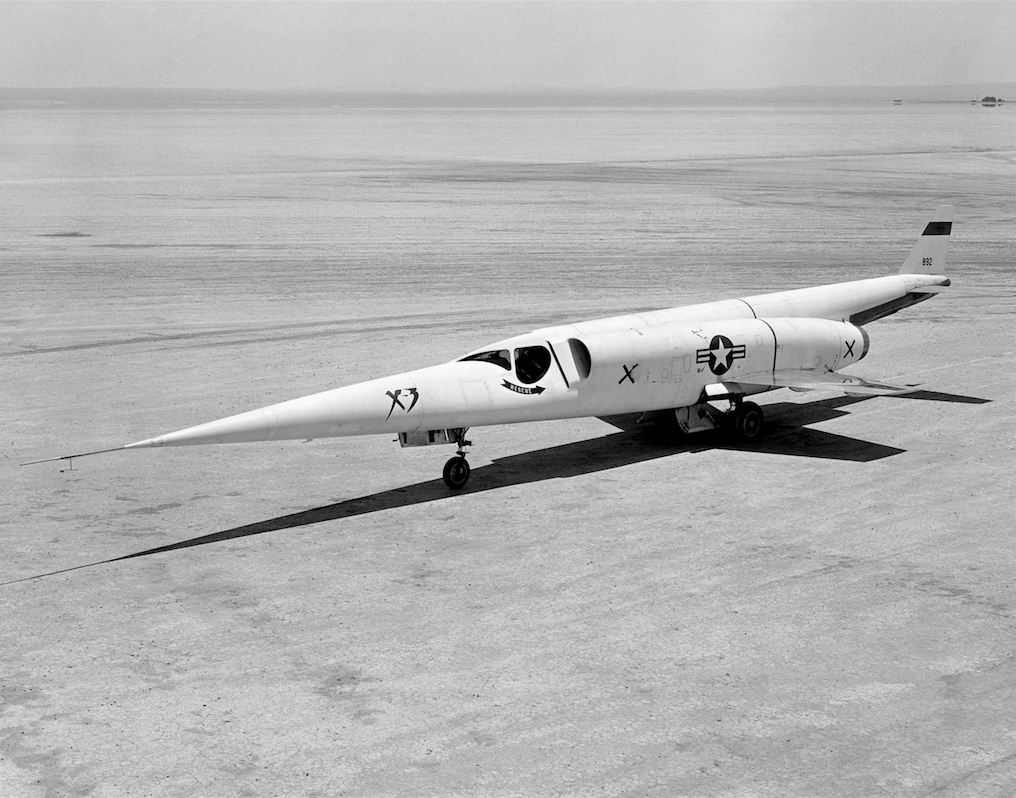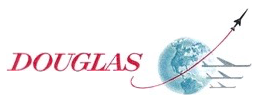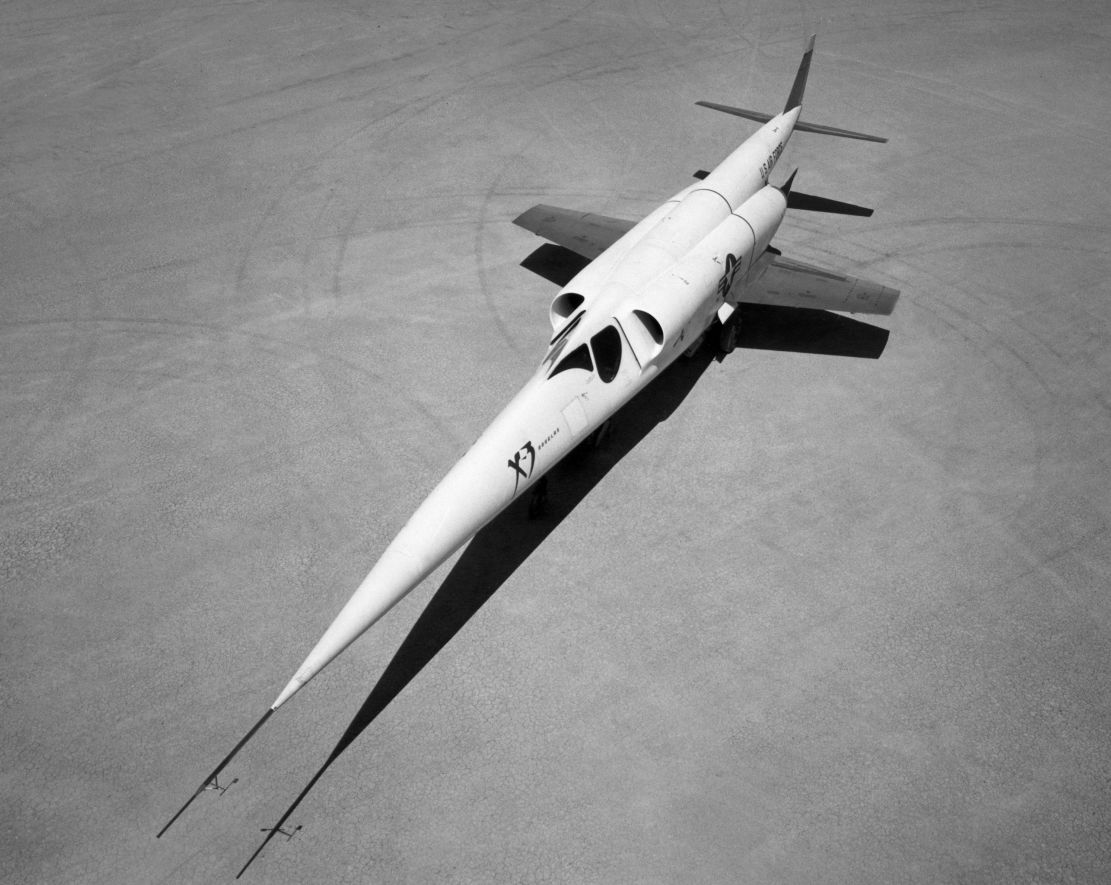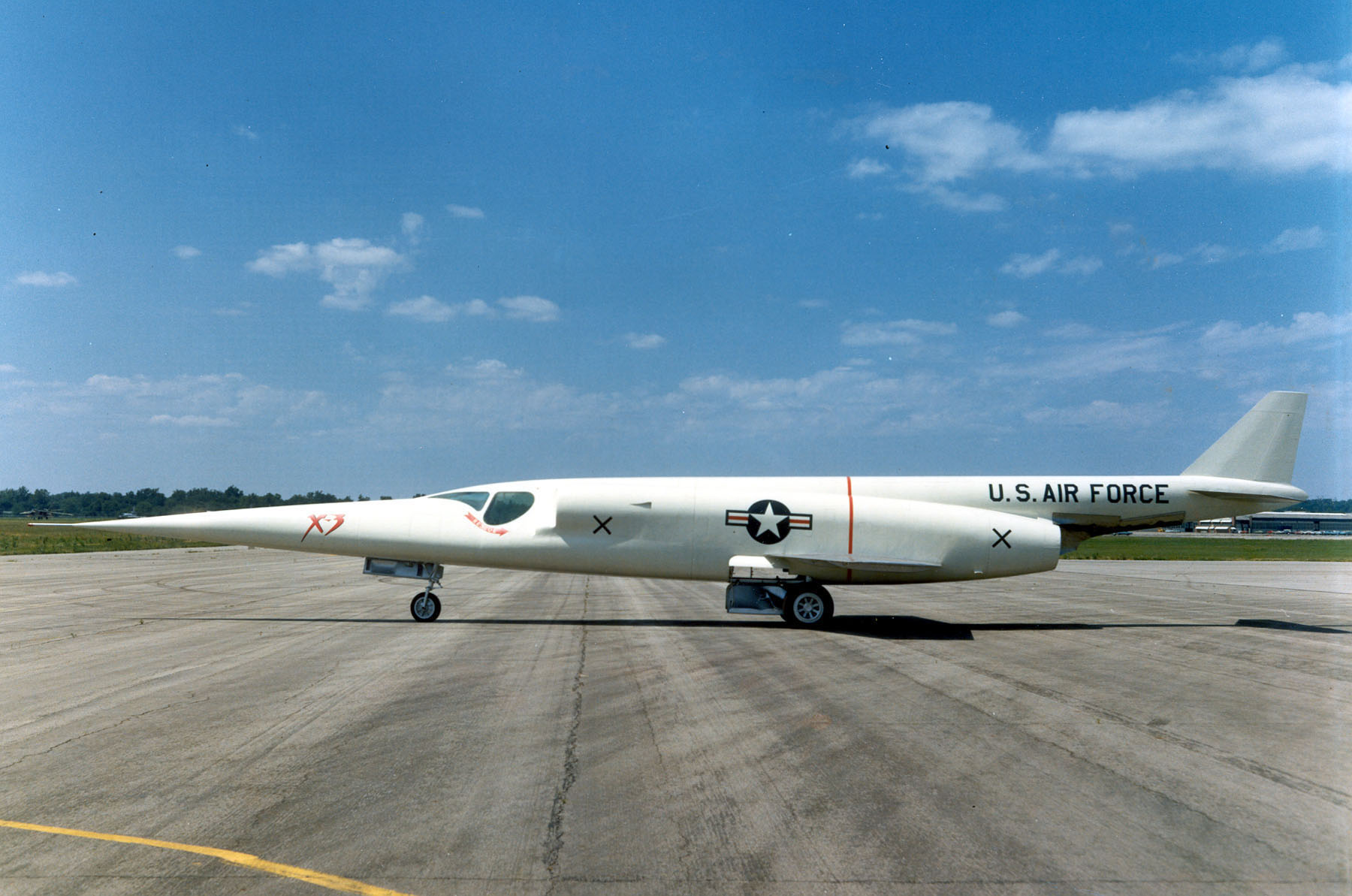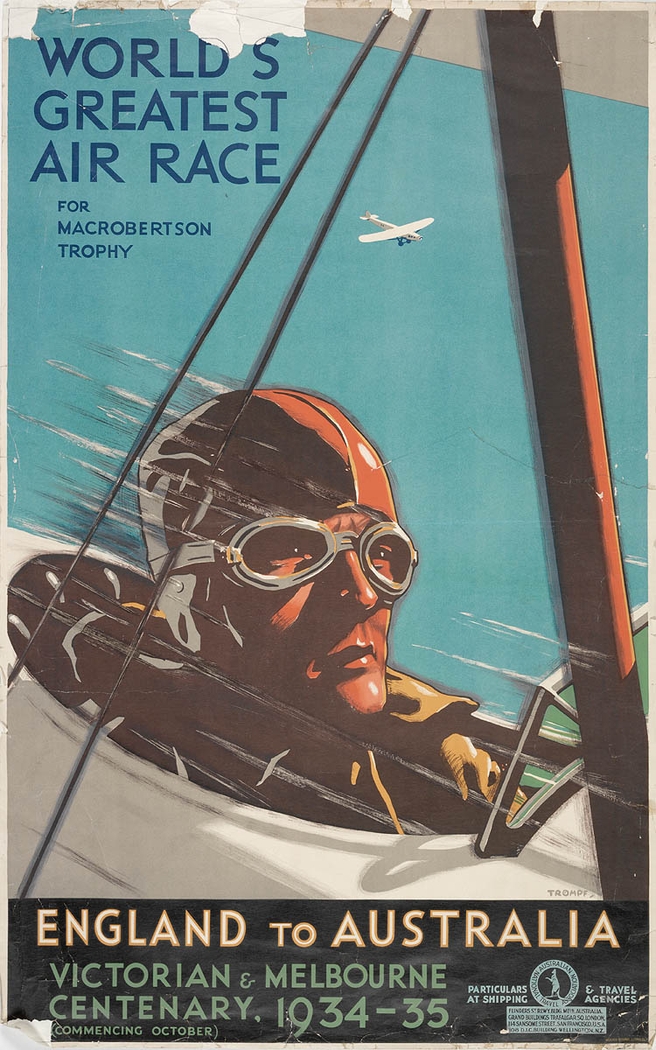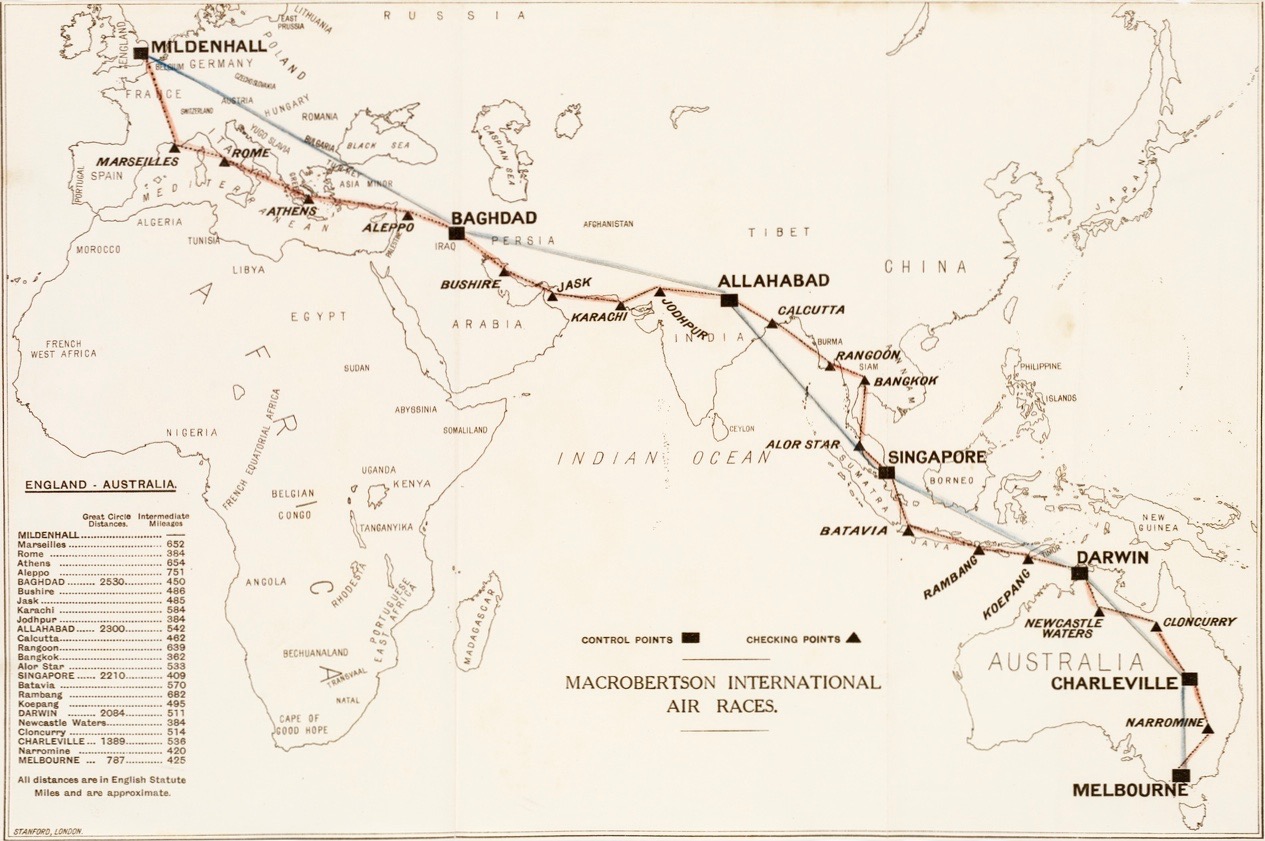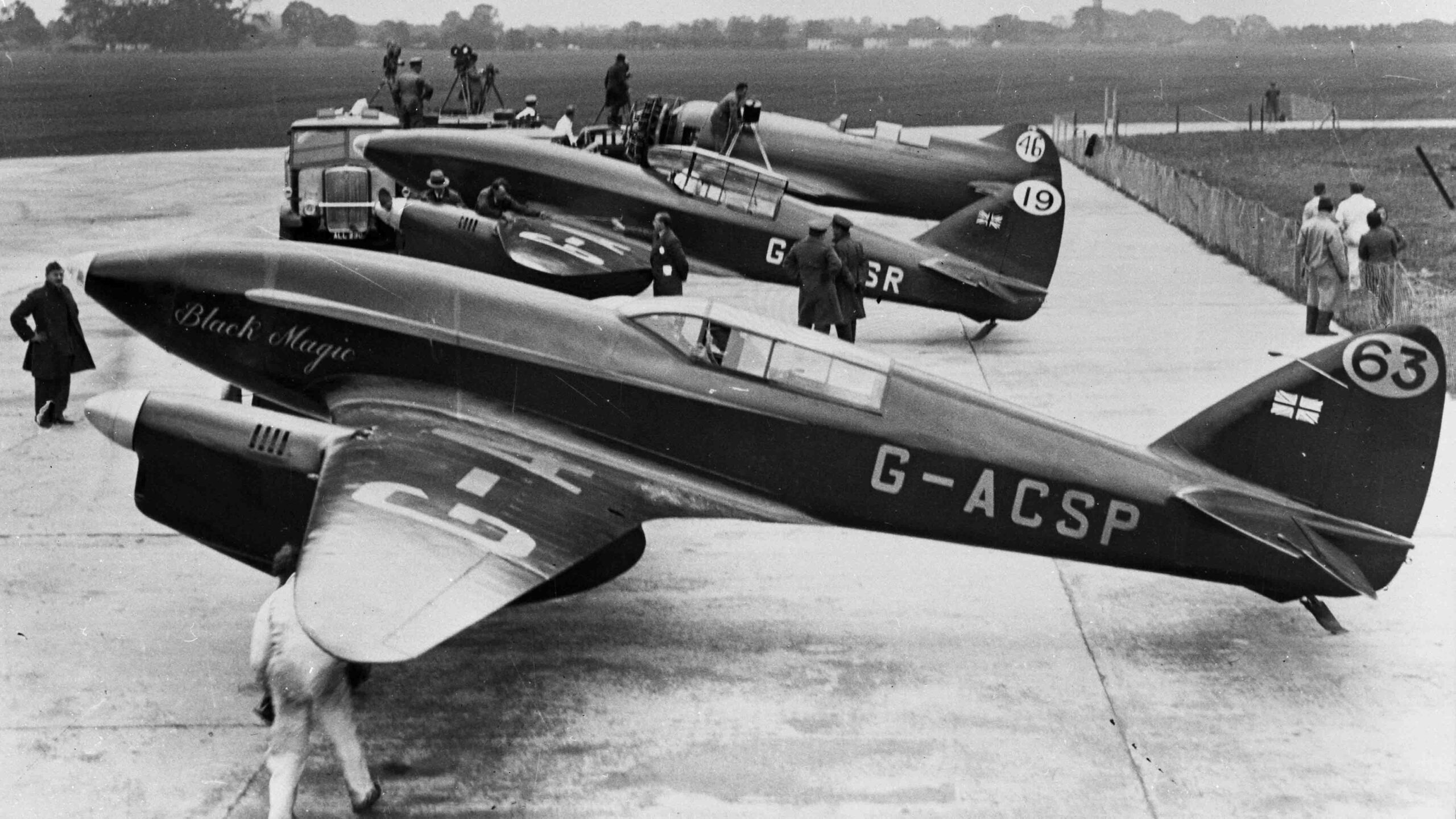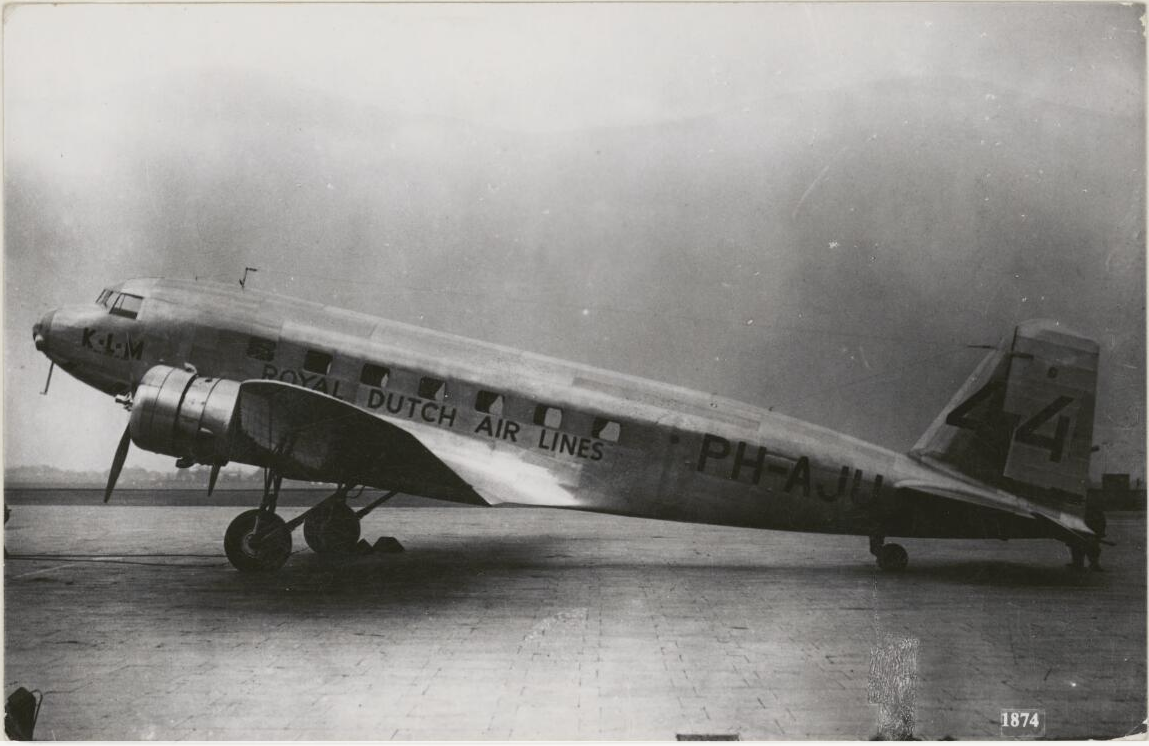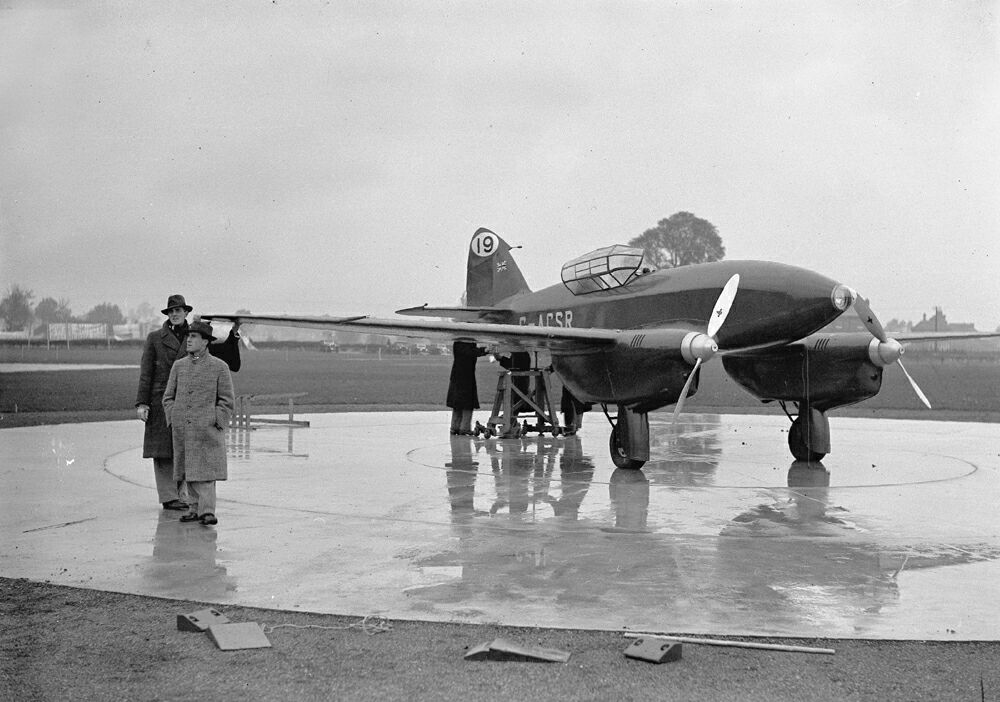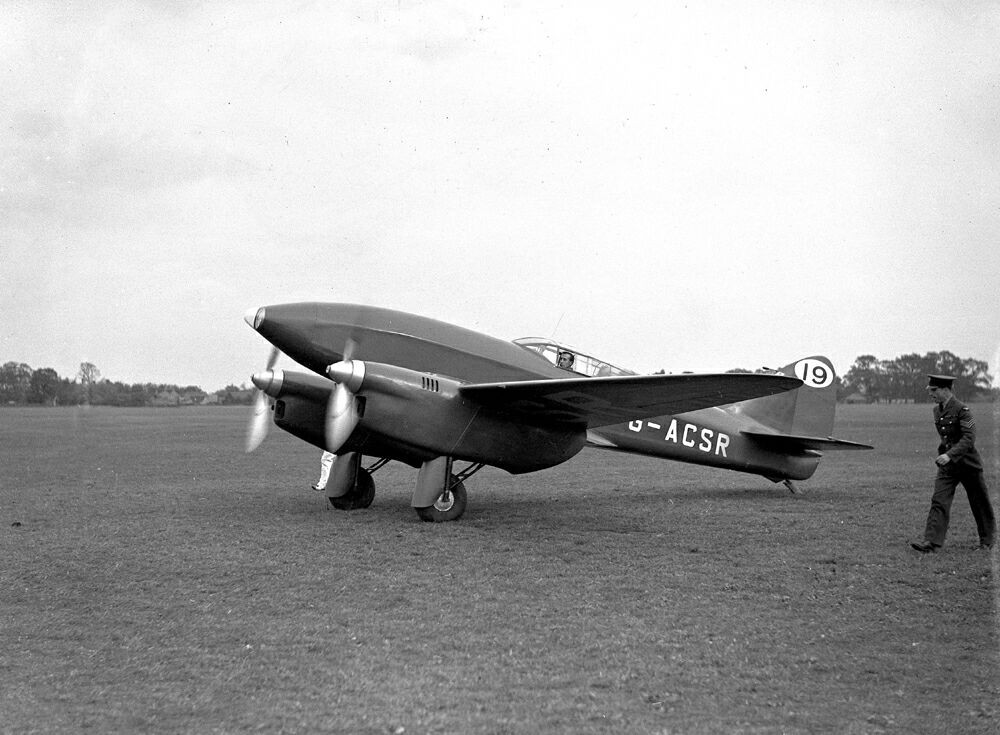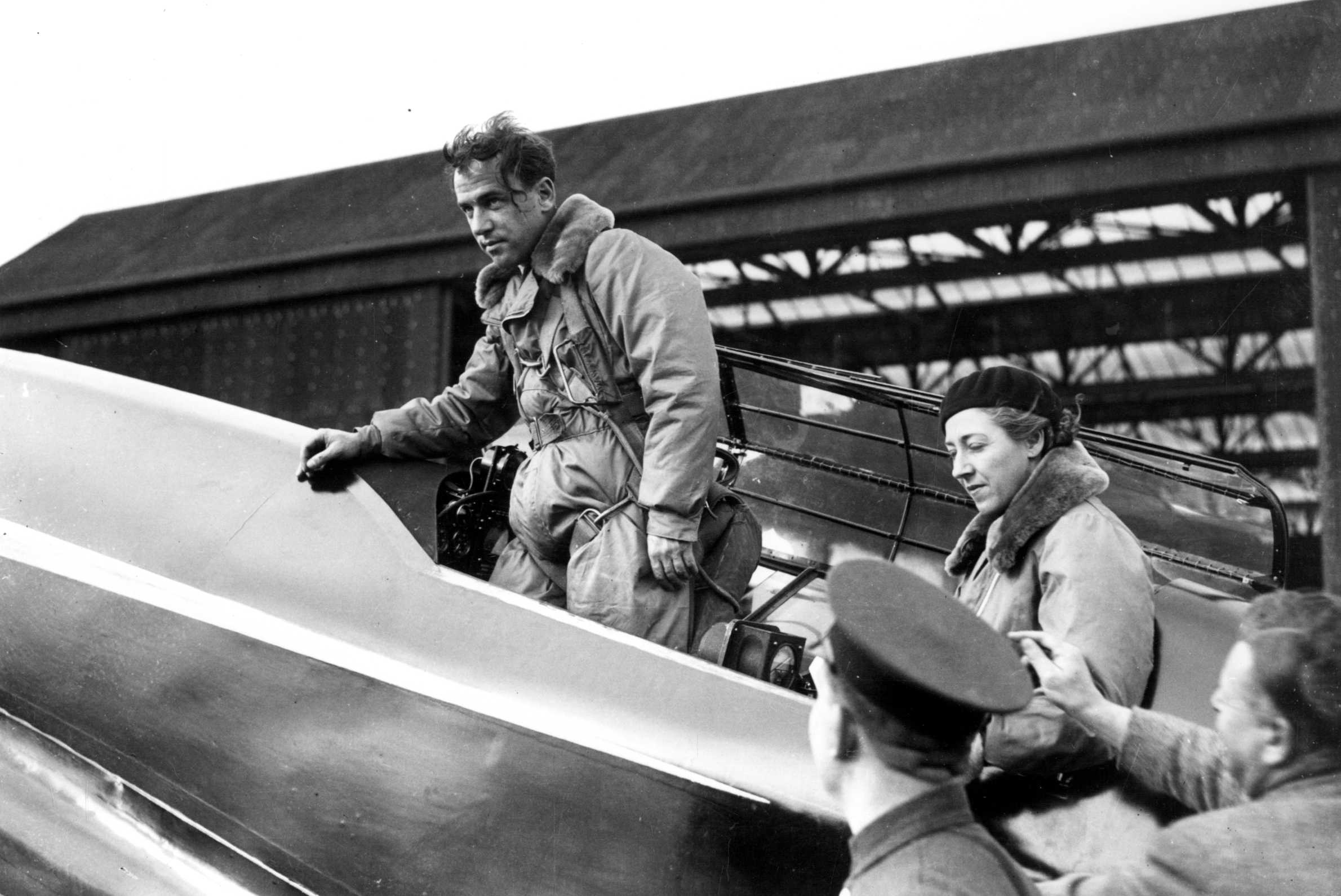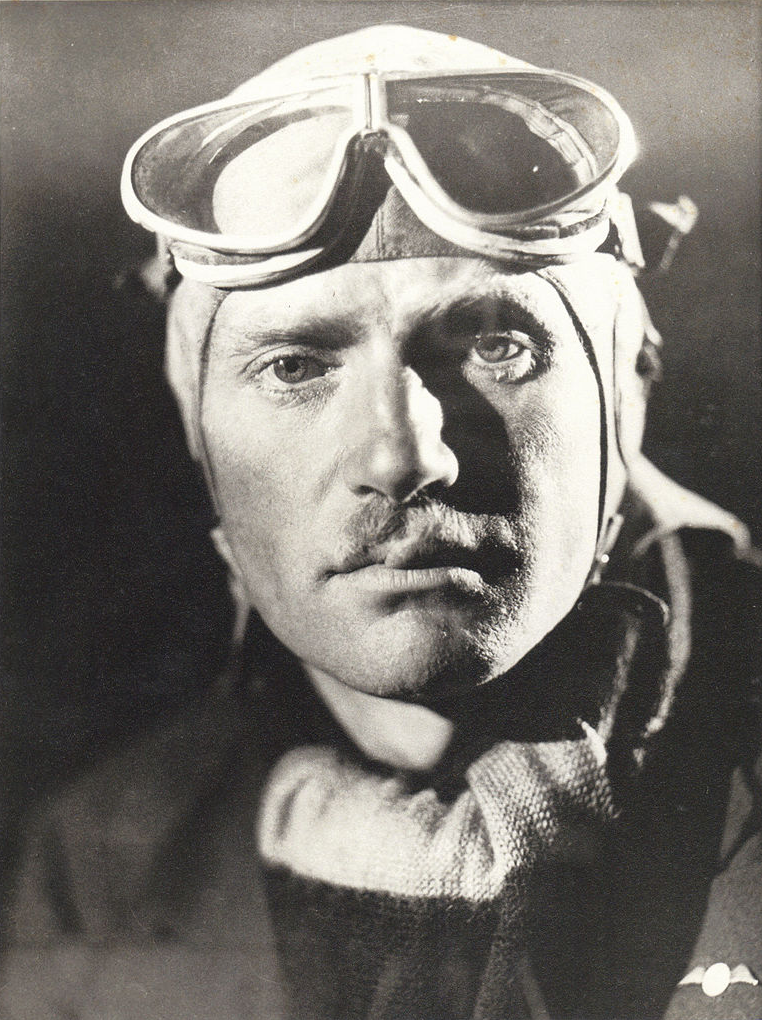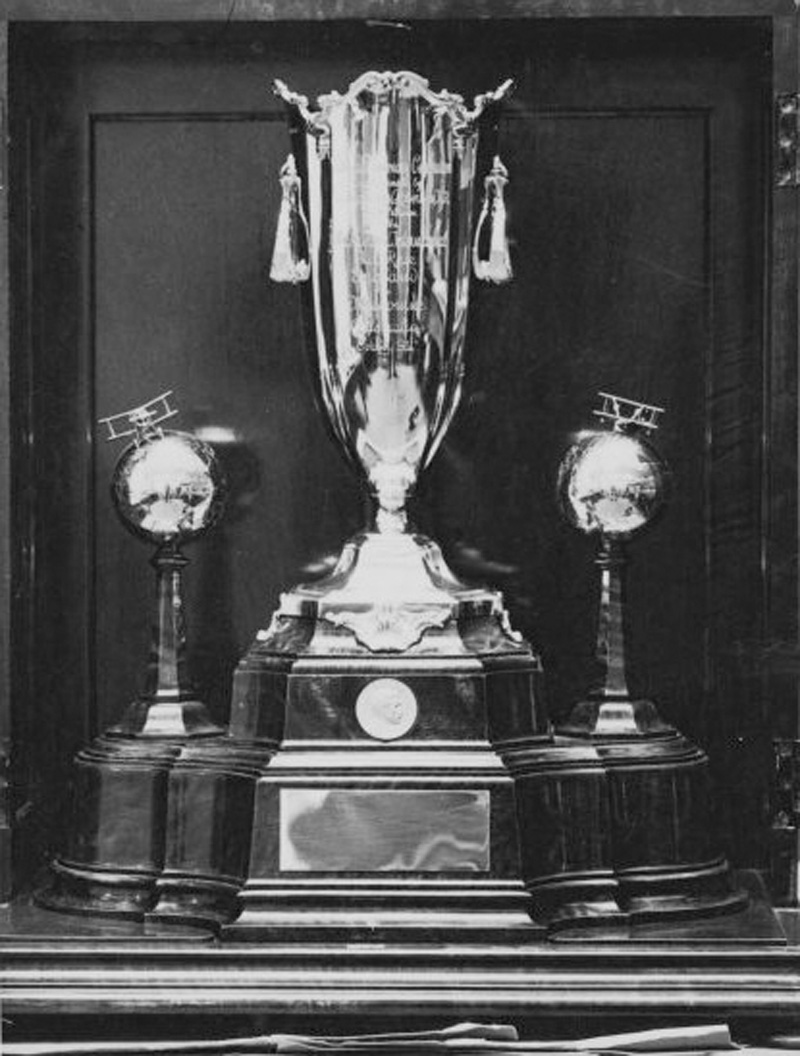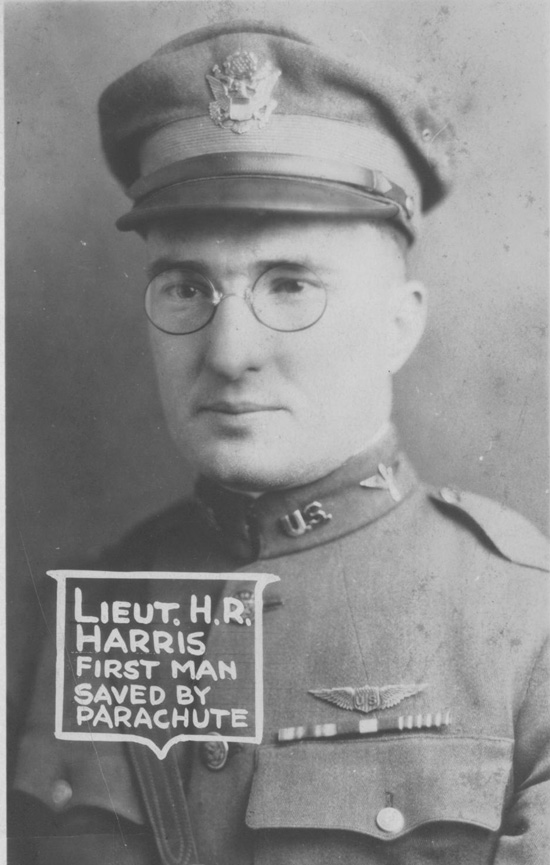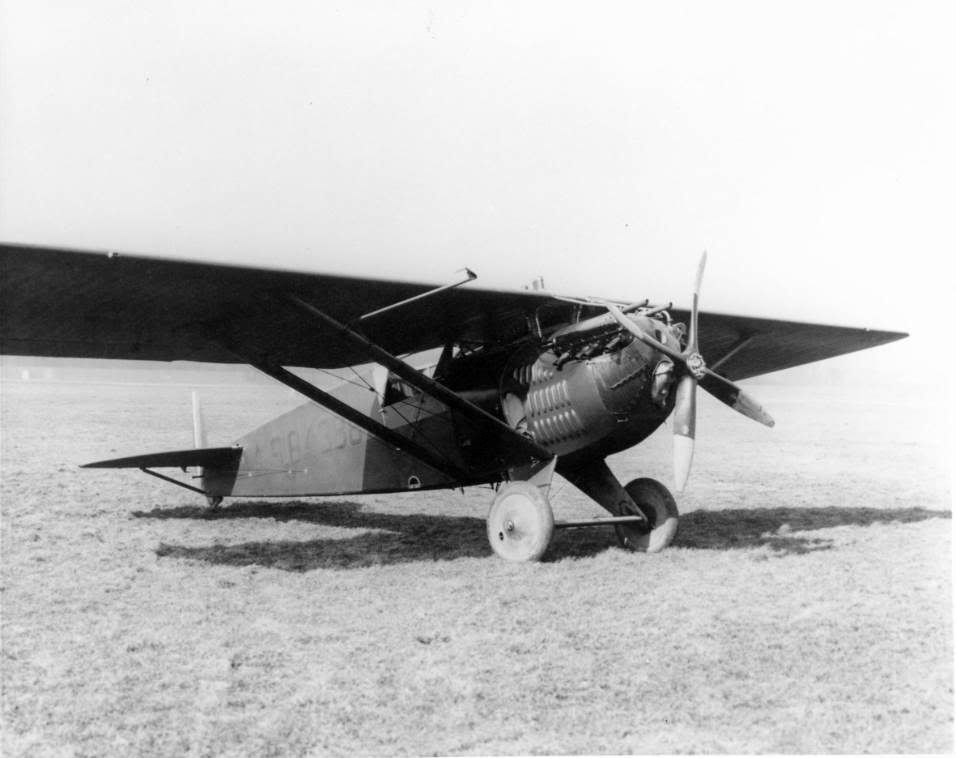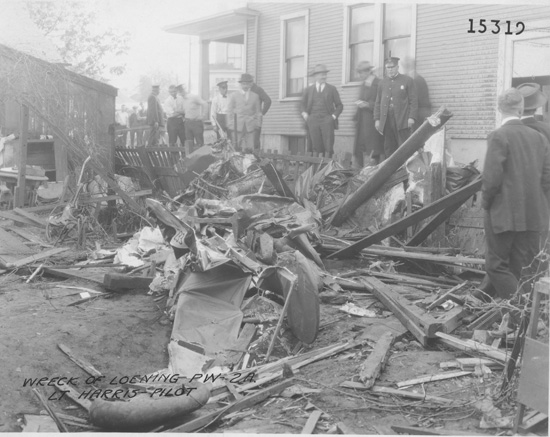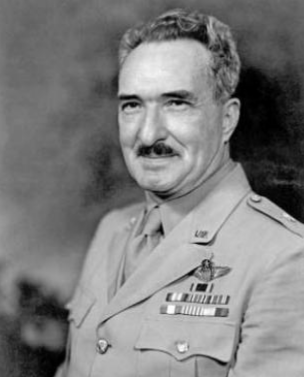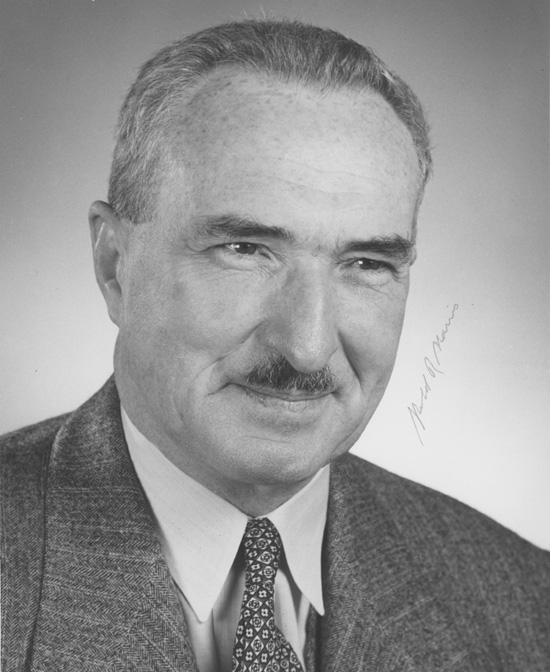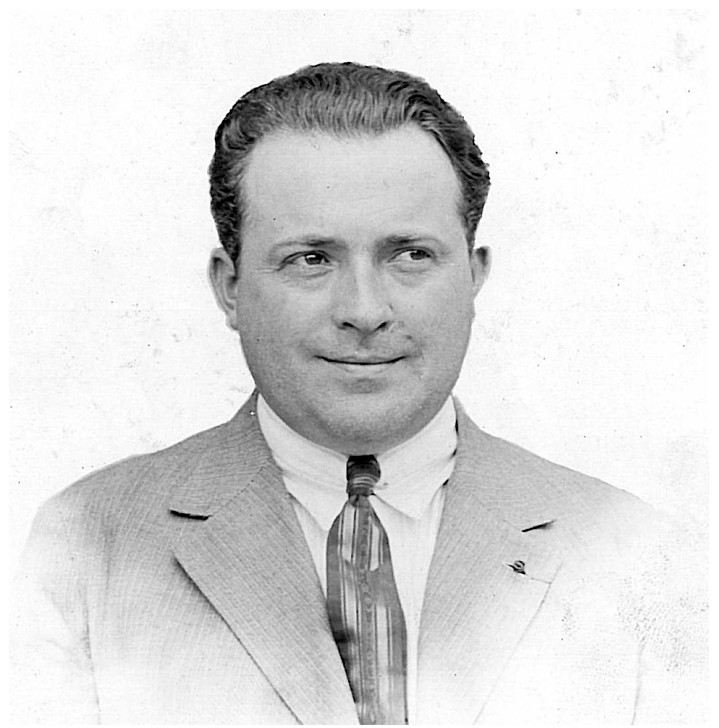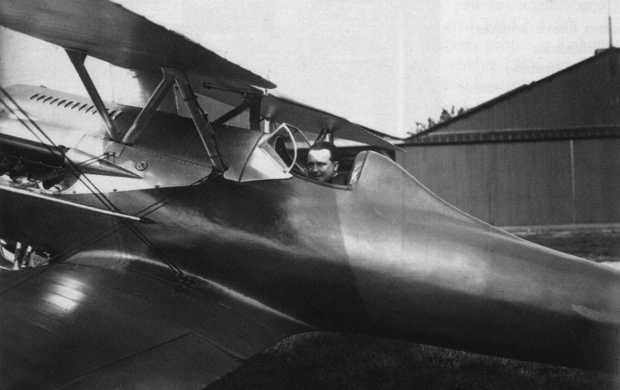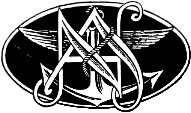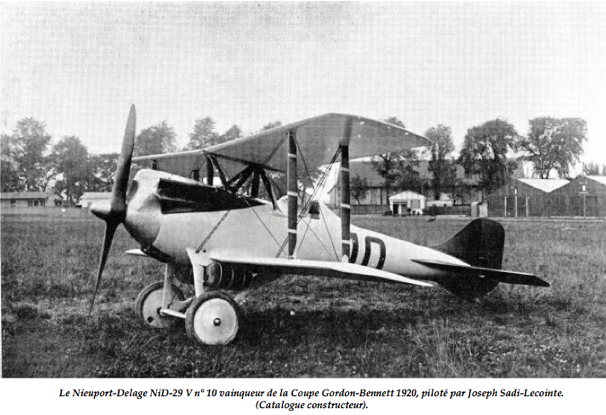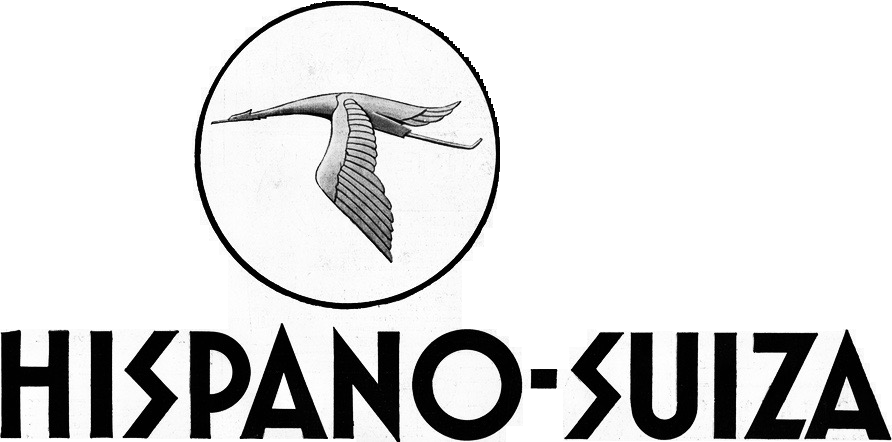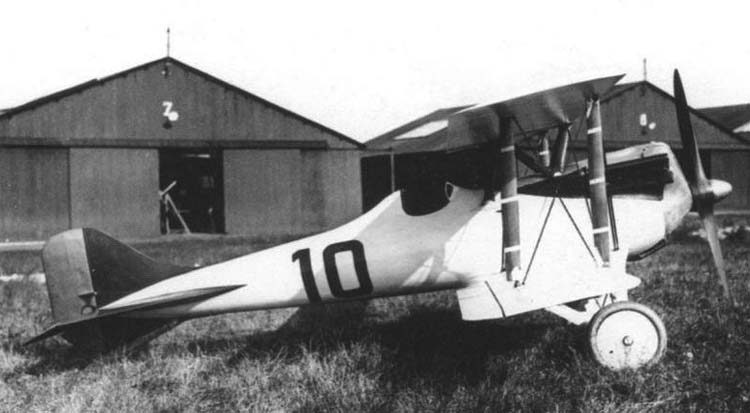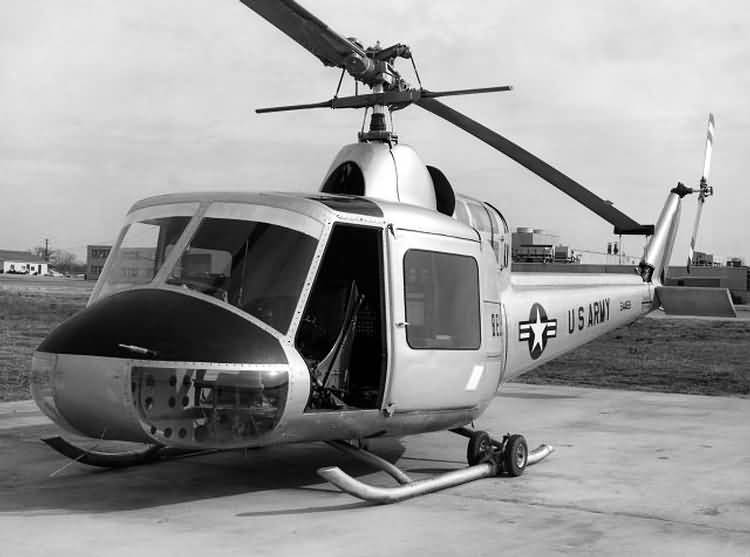
 20 October 1956: Bell Aircraft Corporation Chief Pilot Floyd W. Carlson and Chief Experimental Test Pilot Elton J. Smith made the first flight of the Bell Model 204 (designated XH-40-BF serial number 55-4459 by the United States Army) at Bell’s helicopter factory in Hurst, Texas.
20 October 1956: Bell Aircraft Corporation Chief Pilot Floyd W. Carlson and Chief Experimental Test Pilot Elton J. Smith made the first flight of the Bell Model 204 (designated XH-40-BF serial number 55-4459 by the United States Army) at Bell’s helicopter factory in Hurst, Texas.
The XH-40 is a six-place, turboshaft-powered light helicopter, designed with a primary mission of battlefield medical evacuation. Operated by one or two pilots, it could carry four passengers, or two litter patients with an attendant. The prototype’s fuselage was 39 feet, 3.85 inches (12.294 meters) long. The overall length of the helicopter with rotors turning was 53 feet, 4.00 inches (16.256 meters). The height (to the top of the tail rotor arc) is 14 feet, 7.00 inches (4.445 meters). The empty weight of the XH-40 was 3,693 pounds (1,675 kilograms), with a maximum gross weight of 5,650 pounds (2,563 kilograms).
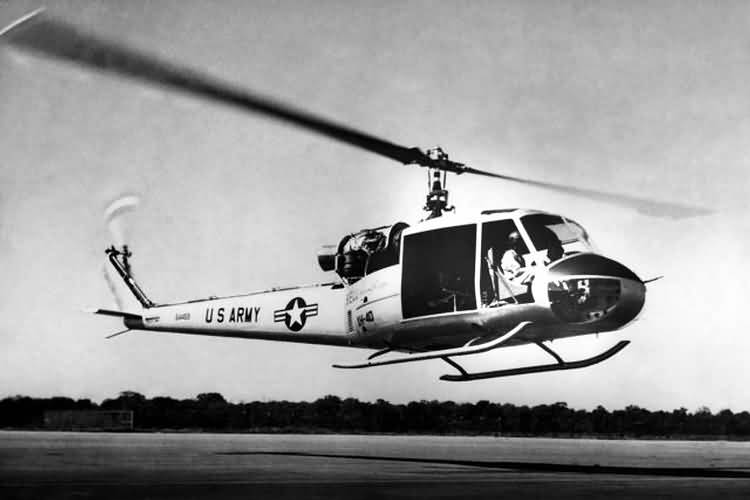
The two blade semi-rigid, under-slung main rotor had a diameter of 44 feet, 0.00 inches (12.294 meters), and turned counter clockwise when viewed from above. (The advancing blade is on the helicopter’s right.) The blades used a symmetrical airfoil. They had a chord of 1 foot, 3.00 inches (0.381 meters) and 10° negative twist. The main rotor hub incorporated pre-coning. At 100% NR, the main rotor turned 324 r.p.m. The two blade tail rotor assembly had a diameter of 8 feet, 6.00 inches (2.591 meters). It was mounted on the left side of the pylon in a pusher configuration and turned counter-clockwise as seen from the helicopter’s left. (The advancing blade is above the axis of rotation.)
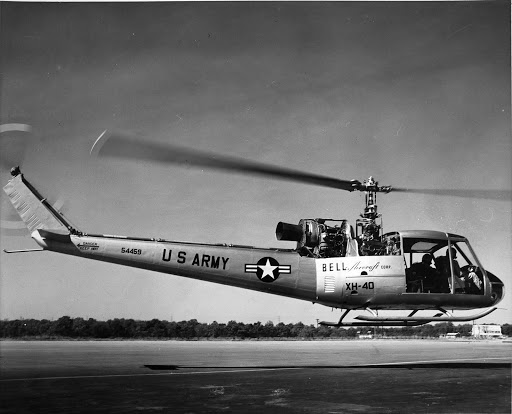
![]() The prototype XH-40 was powered by a Lycoming LTC1B-1 (XT53-L-1) free-turbine (turboshaft). The engine uses a 5-stage axial-flow, 1-stage centrifugal-flow compressor with a single-stage gas producer turbine and single-stage power turbine. A reverse-flow combustion section with 12 burners allows a significant reduction in the the engine’s total length. The XT53L-1 had a Maximum Continuous Power rating of 770 shaft horsepower, and Military Power rating of 825 shaft horsepower. It could produce 860 shaft horsepower at 21,510 r.p.m. At Military Power, the XT53-L-1 produced 102 pounds of jet thrust (0.454 kilonewtons). The power turbine drives the output shaft through a 3.22:1 gear reduction. The T53-L-1 is 3 feet, 11.8 inches (1.214 meters) long and 1 foot, 11.25 inches (0.591 meters) in diameter, and weighs 460 pounds (209 kilograms).
The prototype XH-40 was powered by a Lycoming LTC1B-1 (XT53-L-1) free-turbine (turboshaft). The engine uses a 5-stage axial-flow, 1-stage centrifugal-flow compressor with a single-stage gas producer turbine and single-stage power turbine. A reverse-flow combustion section with 12 burners allows a significant reduction in the the engine’s total length. The XT53L-1 had a Maximum Continuous Power rating of 770 shaft horsepower, and Military Power rating of 825 shaft horsepower. It could produce 860 shaft horsepower at 21,510 r.p.m. At Military Power, the XT53-L-1 produced 102 pounds of jet thrust (0.454 kilonewtons). The power turbine drives the output shaft through a 3.22:1 gear reduction. The T53-L-1 is 3 feet, 11.8 inches (1.214 meters) long and 1 foot, 11.25 inches (0.591 meters) in diameter, and weighs 460 pounds (209 kilograms).
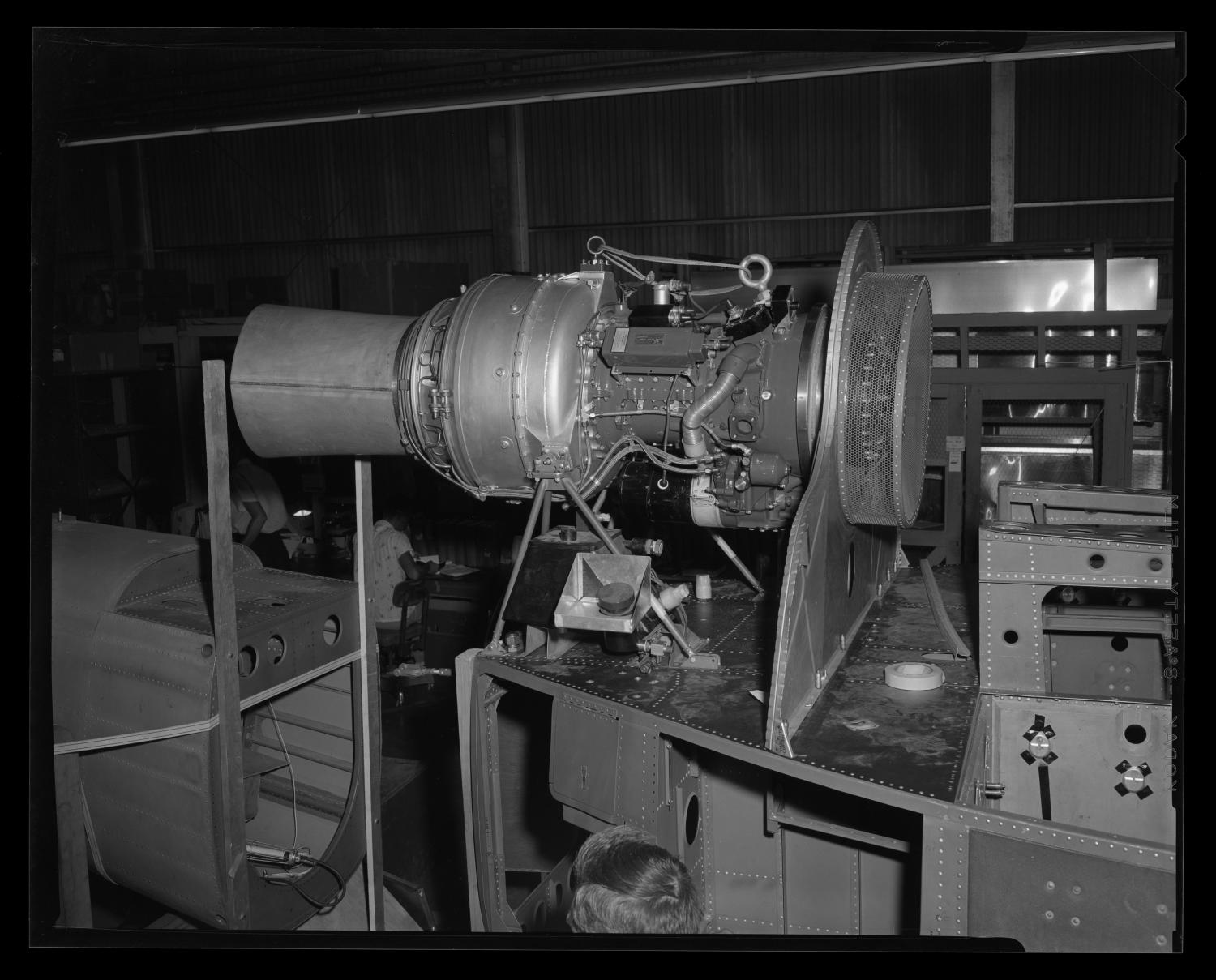
The XH-40 had a maximum speed of 133 knots (153 miles per hour/246 kilometers per hour) at 2,400 feet (732 meters), and 125 knots (144 miles per hour/232 kilometers per hour) at 5,000 feet (1,524 meters). The in-ground-effect hover ceiling (HIGE) was 17,300 feet (5,273 meters) and the service ceiling was 21,600 feet (6,584 meters). The helicopter’s fuel capacity was 165 gallons (625 liters), giving it a maximum range of 212 miles (341 kilometers).
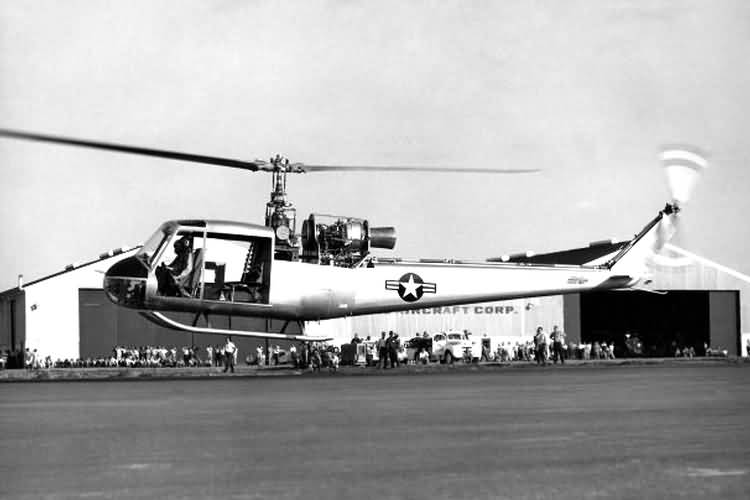
Three XH-40 prototypes were built, followed by six YH-40 service test aircraft. The designation of the XH-40 was soon changed to XHU-1.
This helicopter was the prototype of what would be known world-wide as the “Huey.” The helicopter was designated by the U.S. Army as HU-1, but a service-wide reorganization of aircraft designations resulted in that being changed to UH-1. Produced for both civil and military customers, it evolved to the Model 205 (UH-1D—UH-1H), the twin-engine Model 212 (UH-1N), the heavy-lift Model 214, and is still in production 66 years later as the twin-engine, four-bladed, glass-cockpit Model 412EPI and the Subaru Bell EPX.
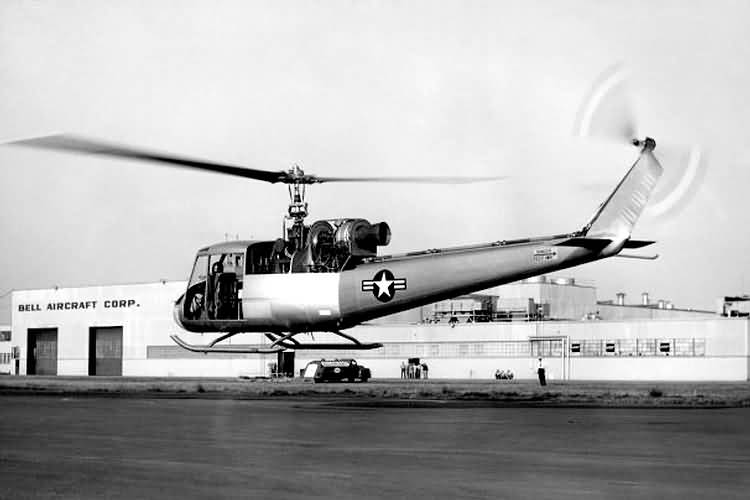
Sources differ as to the date of the first flight, with some saying 20 October, and at least one saying 26 October, but most cite 22 October 1956. This individual aircraft is at the U.S. Army Aviation Museum, Fort Rucker, Alabama. The museum’s director, Robert S. Maxham, informed TDiA that, “The earliest and only historical record cards that we have on 4459 are dated 2 MAY 1958, and at that time the aircraft had 225.8 hours on it.” The Smithsonian Institution National Air and Space Museum, a generally reliable source, states the first flight was 22 October 1956.
Many sources also state the the XH-40 first flew on the same day on which Lawrence D. Bell died, which was 20 October.
The earliest contemporary news report yet discovered by TDiA, states,
On October 20, after several hours of ground running, the new Bell XH-40 helicopter was flown for the first time.
—FLIGHT and AIRCRAFT ENGINEER, No. 2506, Vol. 71, Friday, 1 February 1957, Page 136, at Column 1
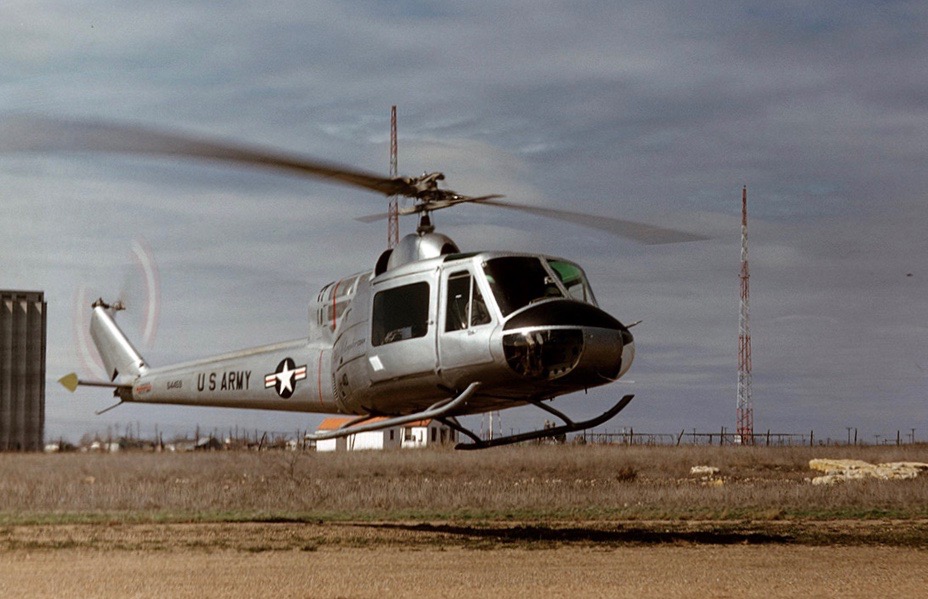
Beginning in 2015, XH-40 55-4459 was restored by Blast Off, Inc., at Atmore, Alabama. It was then returned to the Army Aviation Museum.
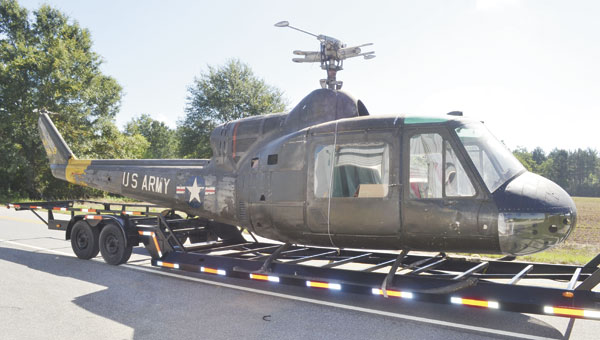
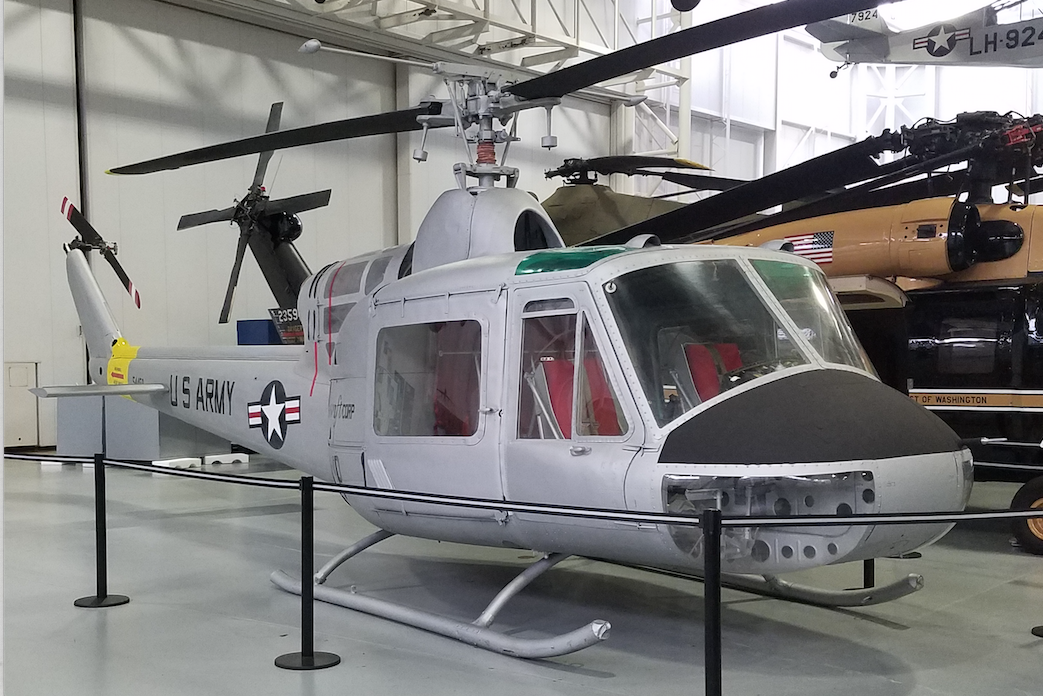
© 2018, Bryan R. Swopes
